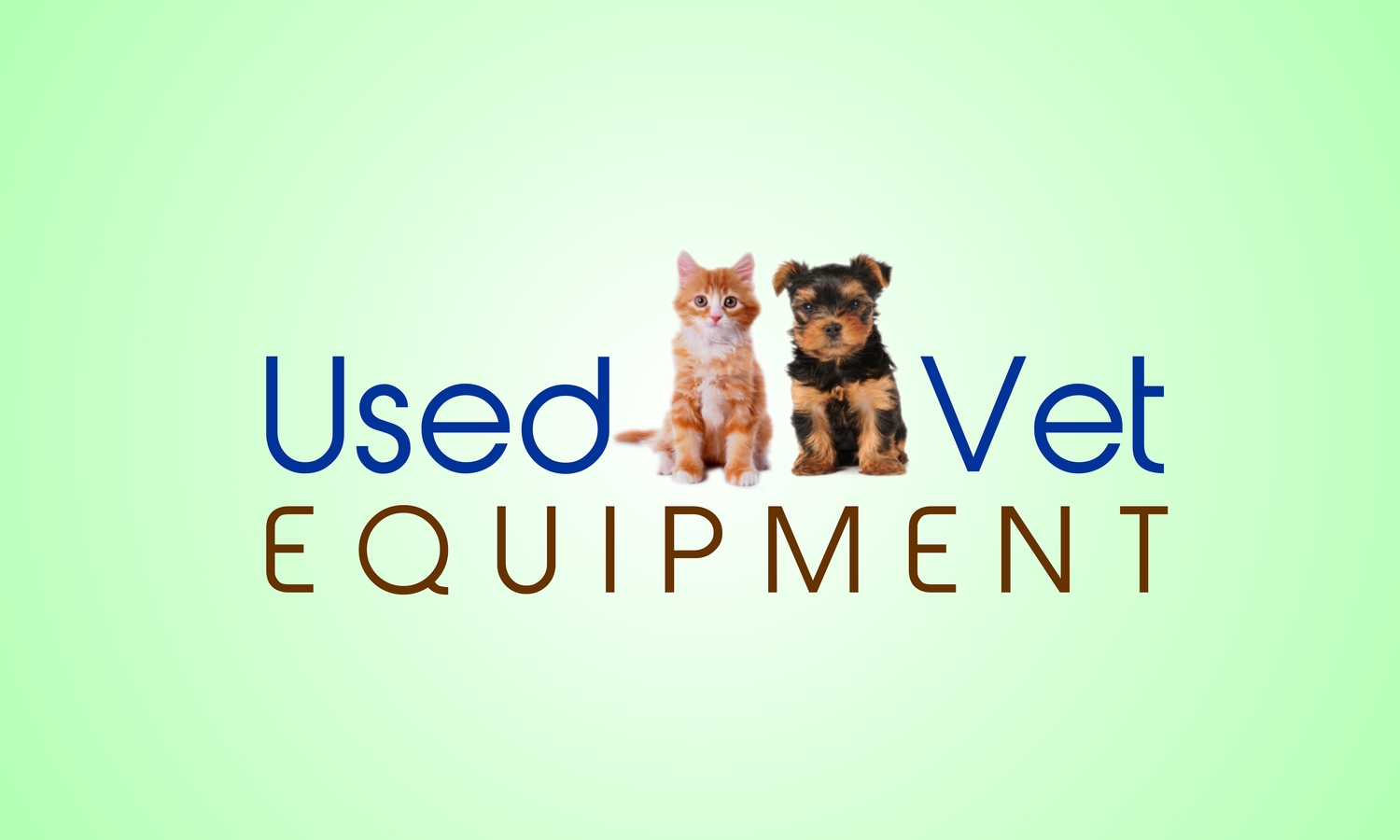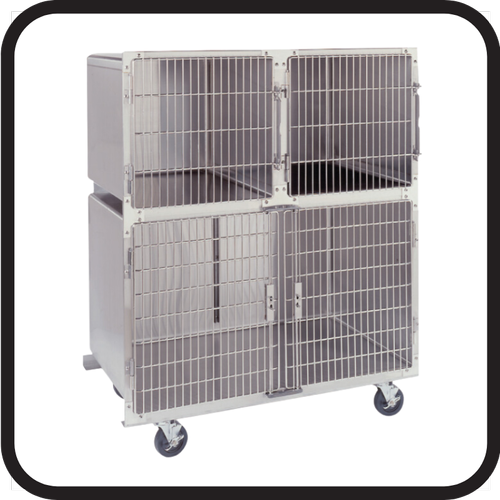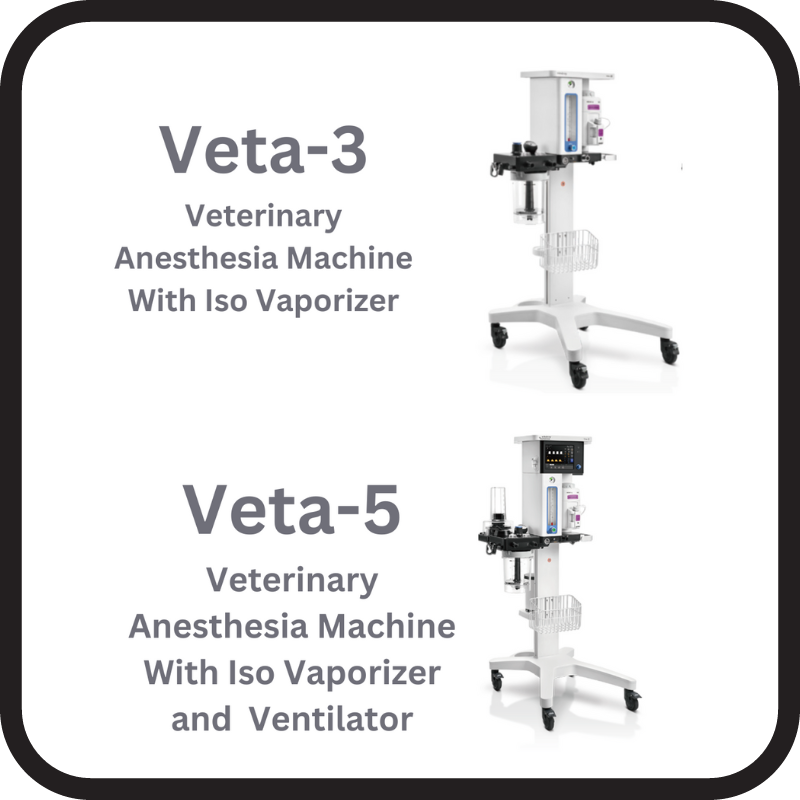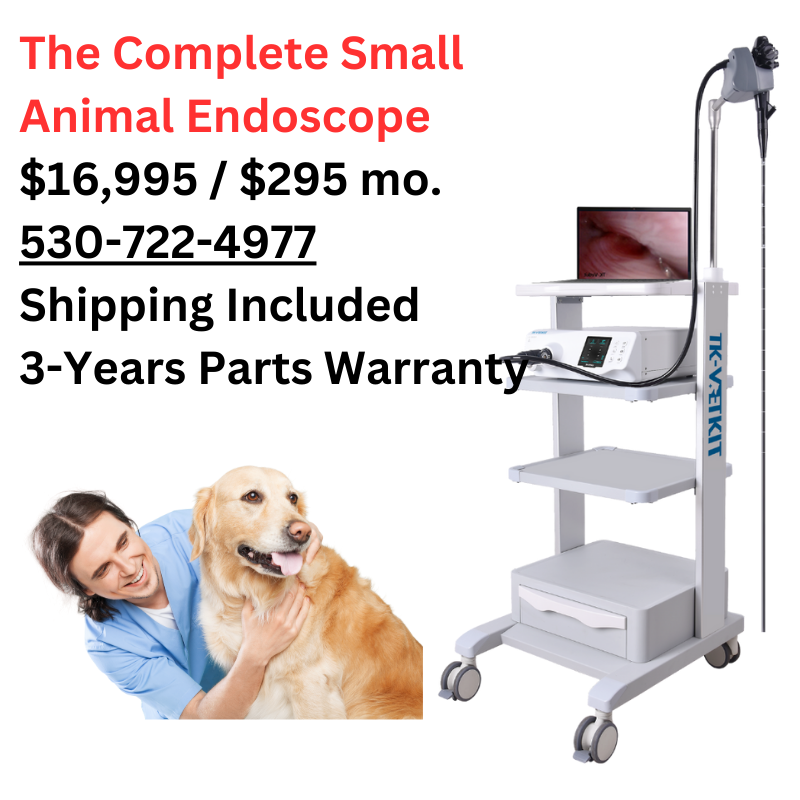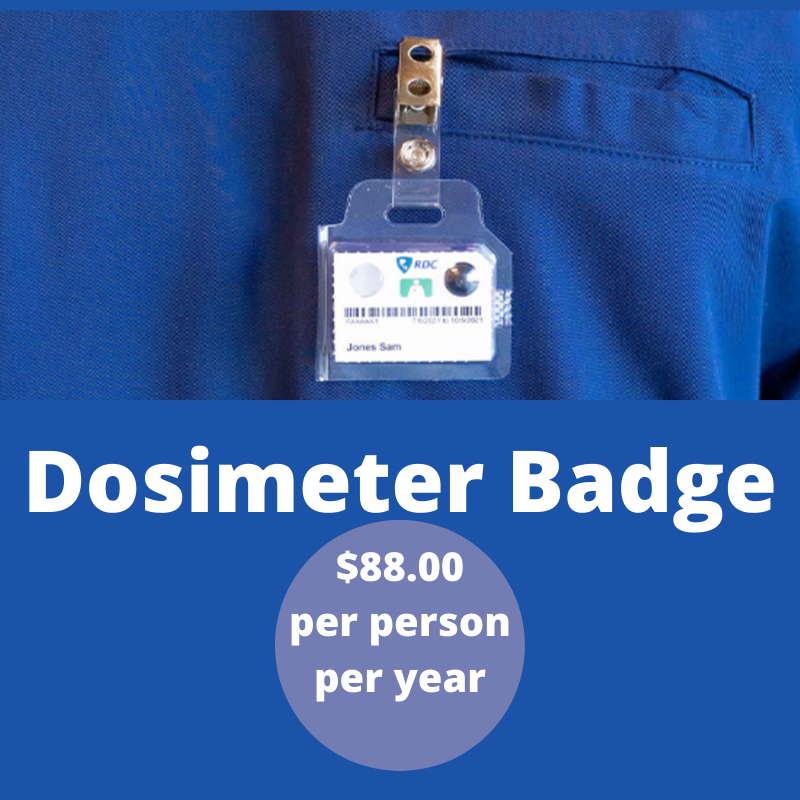Your Cat Is Dying And You Have No Money: Here's What To Do
/Table of Contents
The realization that your cat is dying can be one of the hardest moments of your life. It will be hard to let go and make a decision that is best for your furry best friend. There will be a lot of emotions that you will be going through, but there will be a moment when you think about the finances needed to put down your pet.
If your cat is dying and you cannot afford the price of euthanization, there are options that you can consider. Your local vet, animal shelters and rescues might do it for free or set up a payment plan. You could Sell some belongings to fund the procedure or let the cat pass naturally at home.
Losing your cat will be hard enough and having to deal with the stress of figuring out how to pay for a procedure will only add more stress. Read on to learn more about the options you have when your cat is dying and you have no money.
What To Do If Your Cat Is Dying?
Preparing for your cat’s death will be difficult, but it is better to prepare yourself and start the grieving process. Figuring out a plan for your cat’s remains will help with the grieving process and not make it a financial burden on you and your family.
Call Your Vet
Visit Local Animal Shelter and Rescue
Sell Some Belongings
Let You Cat Pass Naturally
Pet Insurance
Call Your Vet
The first step to making sure your cat receives the best and most humane care is to call your vet. They will know your cat and will discuss with you what options you have for the euthanization of your pet. They will most likely charge a fee for taking care of your dying cat, but in some cases, they may be willing to work with your situation.
If the options your vet gives are too expensive, explain your situation and your vet might be able to cut you a break. Some vets will give you the options to start a payment plan or forgo the costs altogether to ensure that your cat passes humanly and in the best care.
Remember, vets want to keep a reputation of loving and caring for their animal patients, so be sure to ask if there is any way to work with you on the cost. They have run into these situations before and most likely have a procedure for payments.
Visit Local Animal Shelter and Rescue
If you encounter a situation where your vet is not able to work with your budget, do not stress, there are still options available to you. Contact or visit your local animal shelter or rescue. Most of the organizations want what is best for animals so they will work with you and your situation.
The only caveat that might be tough to accept is that you may have to sign over rights of your cat to the shelter or rescue. Once you give these organizations rights to your pet, they will be responsible to do what is best for the animal. You are giving them the right and responsibility to humanely euthanize your cat and give them sufficient end-of-life care.
Sell Some Belongings
While signing over rights may be a way to alleviate expensives for you, it may be a hard thing to swallow and do. If you want to take care of the situation on your own, you can sell some of your belongings to give you the extra funds to pay for the procedure.
Let You Cat Pass Naturally
In some cases, the best option could be to let your cat pass naturally in the comfort of their home. Consult with your vet to ensure that this is an option that you have and you are doing what is best for your cat.
Pet Insurance
A proactive option that you have to prepare for your cat’s passing is your pay for pet insurance. Pet insurance can help you cover the cost of a procedure. Although, this will raise your monthly bills but in the long run could help you save money. Furthermore, pet insurance can help cover the cost of any procedure that may help prolong your cat’s life.
How Do I Know When My Cat is Dying?
Now you know what your options are for when your cat passes, but here are some signs you can look for that can give you more time to prepare your cat, you, and your family.
Feel The Cats Heartbeat
Check The Cats Breathing
Take The Cats Temperature
Monitor The Cats Appetite
Check The Cats Odor
Monitor The Cats Behavior
Visit Your Vet
Feel The Cats Heartbeat
When you can sense your cat’s health begins to decline, regularly feel their heartbeat. You will want to check to see if your cat’s heartbeat begins to feel faint. Although this might not be the only sign that tells you your cat is dying when paired with other signals, it can be a major concern.
To check your cat's heartbeat, feel their heart for fifteen seconds and multiply by four. This will give you your cats one-minute heartbeat. The typical heartbeat of a cat is between 140-220 per minute. A sign that your cat is struggling is if their heartbeat is on the lower end of this scale or below.
Check The Cats Breathing
Another way to check if your cat is on the decline is to regularly check its breathing. A cat's breath will become lethargic and faint when they are close to the end of their life. A faint heartbeat paired with a struggling breather is a red flag that you need to be aware of.
To check your cat’s breathing, the process is similar to checking its heartbeat. Monitor their breath for fifteen seconds and multiply by four to get their breaths per minute. You could also monitor their breathing by inspecting their chest and nostrils. If their chest is rapidly moving and their nostrils are flaring, they may be struggling to breathe.
Take The Cats Temperature
Just like humans, a sign that your cat might be fighting for its life is its temperature. If you sense that your cat is struggling but want to have some clarity, take its temperature using a thermometer.
To take a cat's temperature, you can either do it rectally or in-ear. To get the most accurate temperature, you will want to purchase a rectal thermometer. Get a friend or family member to help and to ensure the safety of your cat.
The average temperature of a cat is between 104 and 102.5 degrees Fahrenheit. If the cat's temperature is above or below that threshold, your cat may be in danger. If you are planning on taking the cat's temperature often, purchase an in-ear thermometer.
Monitor The Cats Appetite
When it comes to your cat, you know what its normal behavior consists of, including its eating habits. If over time you begin to see your cat eating significantly less than normal or if your cat is vomiting after meals, you will want to pay a closer attention to your cat.
When cats get towards the end of their life, they will lose their appetite and barely eat. This might be their way of letting you know that it is time to let go. Although a loss of appetite is a sign, it is a major concern when paired with other signals or persists for a long period of time.
Check The Cats Odor
An obvious sign for cat owners that it is time for your cat to move on is if they begin to develop an odor. Developing an odor is a common sign that their organs are beginning to shut down and they are ready to move on. If you begin to smell an odor that is not typical for your cat, you should begin thinking about developing a plan for the end of your cat's life.
Monitor The Cats Behavior
When you are beginning to see physical signs of your cat's health decline, look for signs in their behavior that indicates they may be struggling. At the tail stages of their life, cats look to be in solitude as they do not want to pass in the presence of their owners.
If you begin to notice your cat continuously going into hiding and refusing to come out, they might be telling you that they are ready. Along with going into hiding, your cat's muscles might begin to fail and they are struggling to walk or do other physical activities they did before.
Visit Your Vet
Just noticing one of these signs may not be a major cause of concern for your cat's life. But, if you are seeing multiple signals for a prolonged period of time, you may want to consider visiting your veterinarian. They will be able to give you more clarity on your cat's health.
What Should I Do When My Cat is Dying?
Once you begin to see the signs that your cat is dying, you will need to make a plan for them to live out the rest of their lives as comfortably and happily as possible. Here are some things you can do to prepare for the end.
Provide a Comfortable Spot For Your Cat
Help Your Cat Use The Bathroom Comfortably
Monitor Your Cats Pain Level
Properly Care For The Cats Remains
Provide a Comfortable Spot For Your Cat
If you know that your cat is towards the end of their lives, you should provide the cat a comfortable space. Provide the cat with an ample-sized bed that is warm and where your cat can live the rest of their days constantly.
At the end of their life, your cat might experience some incontinence issues. If this is the case, make sure you are cleaning your cat's area often.
Help Your Cat Use The Bathroom Comfortably
Furthermore, they may be too fragile to make it to their litter box. Pay attention to your cat's needs and carry them or assist them to their litter box. Change the litter box more often than usual to ensure that your cat can use it comfortably.
Monitor Your Cats Pain Level
When it is time for your cat to pass, it will give you signs that they are ready to let go, As the cat’s caretaker you will need to pay attention to these signs and monitor the cat’s pain level. Monitor the cat’s appetite, muscle strength, body temperature, and their appearance.
If your cat seems to be losing weight rapidly and/or they are unable to walk, it might be time to call your vet. Moreover, a tell-tale sign your cat is ready is that it seeks solitude. Cat’s will try to get to space where they can be alone so they can pass in peace.
Properly Care For The Cats Remains
After recognizing the signs and accepting that your cat is ready to pass, you will need to make arrangements for your cat's remains. As a cat owner, you have options that are humane and provide your cat with respect.
Contact your vet to learn about the options you have. In many cases, caring for your cats remains can be expensive. There are options that can provide respect for your cat while still not draining your bank account.
How Do I Make My Cat Live Longer?
When it is coming to the end of your cat's life, it might leave you wondering if there was something you could have done. When caring for a cat, there are some things to consider that might help prolong your cat's life.
Routine Vet Visit
Proper Diet
Exercise
Mental stimulation
Routine Vet Visit
When bringing a kitten home, you should immediately schedule a vet visit. During the initial vet visit, your cat will need to get their vaccines. After this visit, your vet will let you know how often you should come in for a routine check-up.
As your cat ages or starts to have other health issues, you will need to see the vet more frequently. If your cat suffers from arthritis, obesity, kidney or liver issues, you will need to make sure you are visiting your vet at least twice a year.
Proper Diet
Cat’s are naturally carnivores and should eat a mostly raw diet. A cat’s diet should consist of prey such as rats, mice and other prey as to resemble a natural diet for them. If your cat is experiencing health issues, you should tailor a diet that allows them to get the proper nutrients.
Furthermore, while making sure your cat is getting a proper diet, there are some foods that you should avoid feeding your cat completely. Cats can become sick when eating onions and garlic. Onions and garlic can damage a cat's red blood cells and cause irreversible damage.
Other food to avoid feeding your cat include:
Macadamia nuts
Grapes
Milk and other dairy products
Dog food
Mushrooms
Exercise
When adding a cat to your family, you should expect to schedule a time for it to get daily exercise. It is recommended that a cat gets 20-30 minutes of exercise daily. Providing this opportunity for your cat will reduce the risk of your cat becoming obese and other health issues.
Cat’s are less likely to want to exercise daily but giving them the opportunity to play each day will increase their motivation. Cat’s have a high prey drive that can make playing with toys and other interactive activities a good way to get them to exercise.
Mental Stimulation
A key to keeping your cat alive longer is providing them with some type of mental stimulation. Cat’s crave mental stimulation and often look for it. When they are bored, they can lose their drive and this can risk them in becoming unhealthy. Here are some tips that can help keep your cap mentally stimulated.
Teach them tricks- Dogs are not the only animals that can learn tricks
Get another pet- Cat’s love to have a best friend to chase around all day.
Obstacle courses- Cat’s are very agile and smart. Test them with an obstacle course.
Puzzles- There are lots of creative puzzles that range from easy to hard.
Conclusion
Admitting to yourself that it is time to let your cat go is going to be a hard moment in your life. Cherish the memories and time spent with your cat, but always do what is right for your pet, even if this means letting go earlier than you expected.
Sources:
https://cats.lovetoknow.com/cat-nutrition/what-is-best-diet-cats
